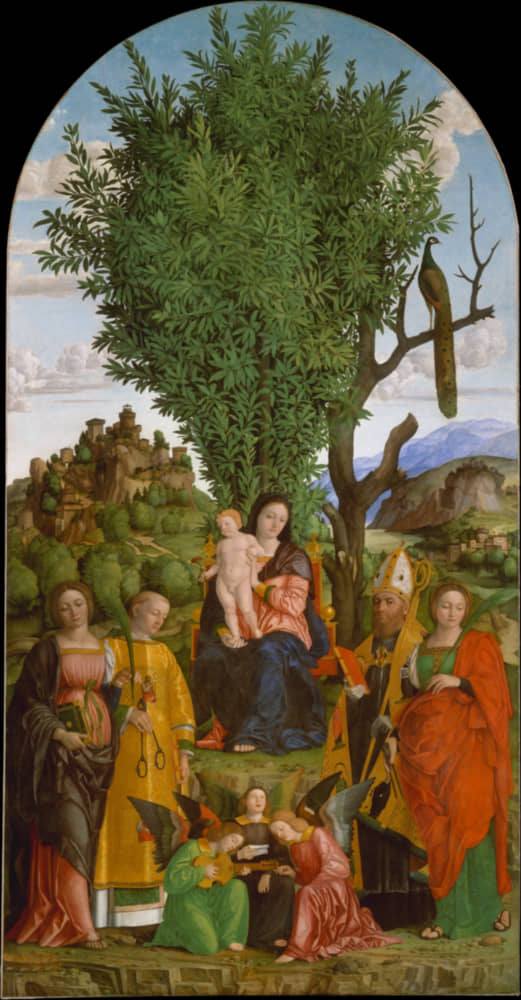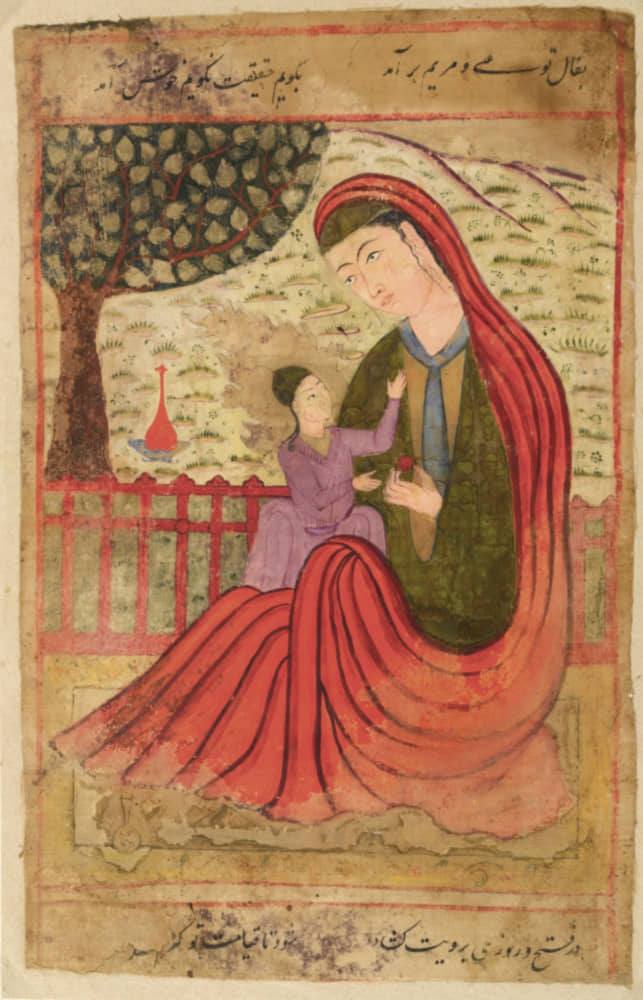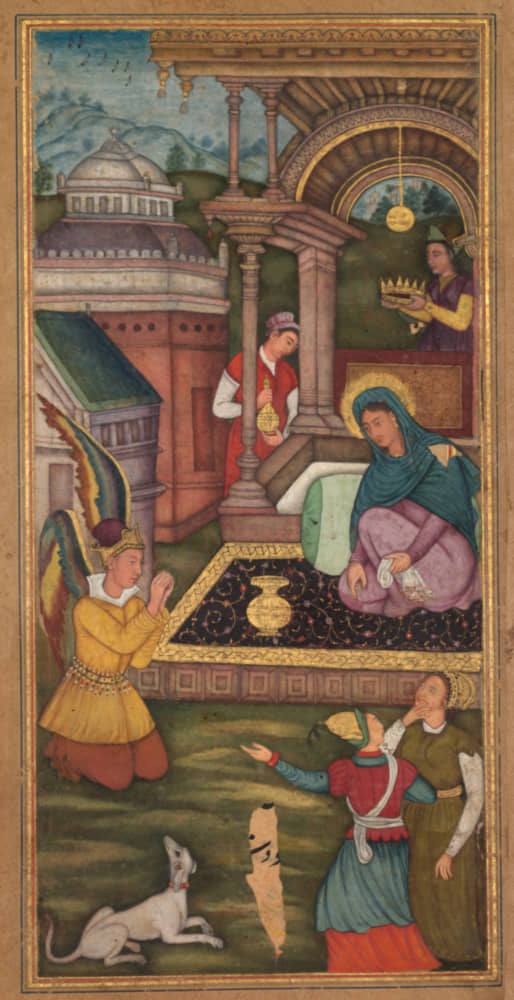The history of Israel is so rich in meaning that it is the key to understanding the origin of the world (Gen 2-3).
God, whom we can call with the great Hebrew tradition “Elohim,” or “Adonai,” took Adam and put him in the garden. Elohim took Israel from the house of slavery and put it in the land of Canaan.
Elohim made a covenant with Adam and Eve by the tree of life. Elohim made a covenant and gave his Torah to Israel upon the slopes of Mount Sinai. “And the whole people agreed, “Whatever Adonai (YHWH) has said, we will do it.”” (Exodus 19:8)
We have not been created without a purpose. Being and continuance in being is given to us for a positive, high purpose: a Covenant with the Most High, the Creator! The God of heaven makes man a counterpart whom he raises to himself. It is a gift, it is a grace, and it is completely out of the question to capture this equality of strength, since we are to receive it. And if the story of Genesis also tells of a prohibition, it is because the Covenant presupposes reciprocity.
The tree of life is the symbol of the Torah, the book of the Covenant of the Most High (Si 24:23), given through Moses.
The Tree of Life is the place of the Covenant. You shall not eat of the fruit of the tree of magical knowledge, of the so-called sacred prostitutions and of the sacrifices of children which are presumed to get a hold of the source that created you.
It is undoubtedly difficult when you are a Jew to talk about Mary with Catholics. The Talmud says, for example, that Christ is a bastard (Kallah 51 A), the offspring of a Jewish prostitute and a Roman soldier (Sanhedrin 106 A) and that he is plunged into hell in boiling excrement (Gittin 57 A).
As soon as the Jews find the Old Testament without the filter of the Talmud, everything becomes clear. For the prophets, virginity represents fidelity to the Covenant.
And this spiritual virginity was to be perfectly and bodily fulfilled one day, and it was the Virgin Mary, the Mother of Jesus, Myriam.
At the wedding feast of Cana in Galilee, while the wine runs out, Myriam invites us to obey the Lord: “Do whatever he tells you” (Jn 2:5). And Jesus changes the water (of the Torah) into wine (the wine of the Torah explained by the Messiah). This was the first sign that Jesus did.
Thus, we can renew the Covenant contract with the Most High in the presence of Mary, “in Mary.” In a poetic way, she is the tree of life, the place of the renewed Covenant.
Francoise Breynaert is a secular oblate of the Fraternity of Our Lady of the Desert (Belgium). A doctor of theology, she has published foundational works (biblical, Christological) and also Marian and spiritual works. She has also done theological research on the salvation of non-Christians and the Good News for the deceased, and on the Coming of Christ, which the West often confounds, unhappily, with the end of the world, and finally on the exegesis of orality in connection with the Christians of the East. Her works are recognized (imprimatur, episcopal prefaces) in France and abroad. Her research has interested Islamologists who, in turn, have made her part of their studies.
The featured image shows the “Madonna and Child with Saints,” by Girolamo dai Libri, ca. 1520.





